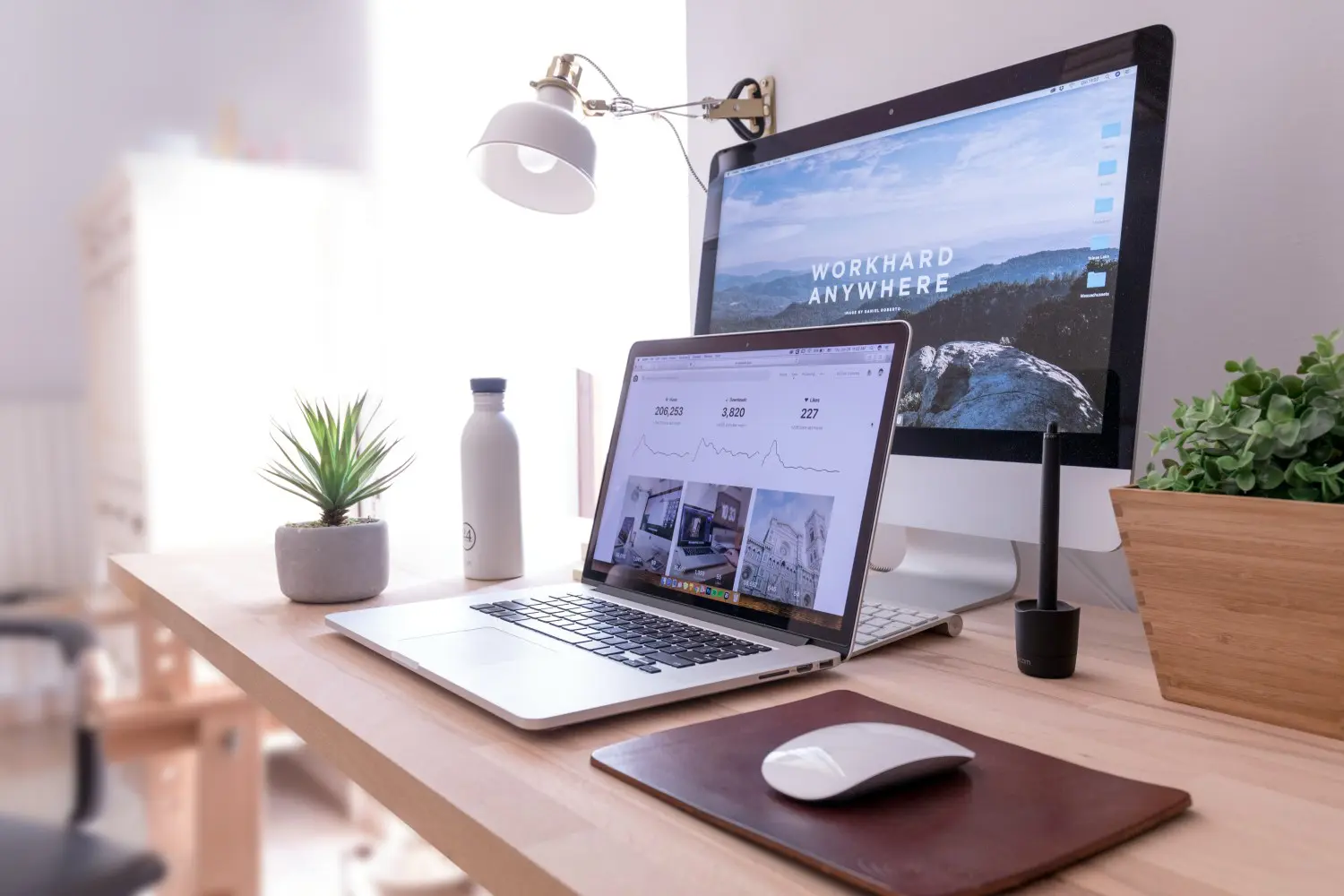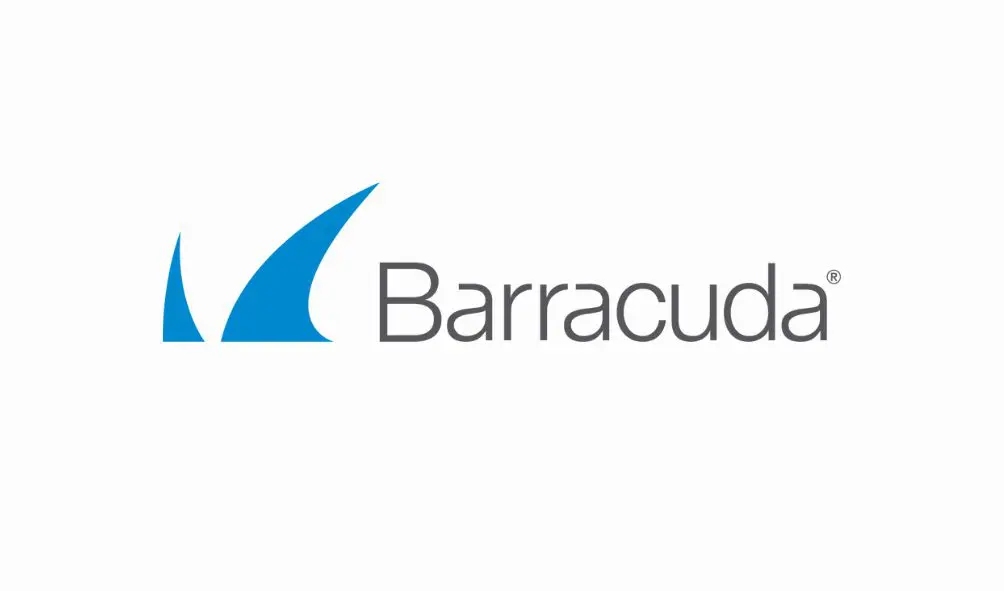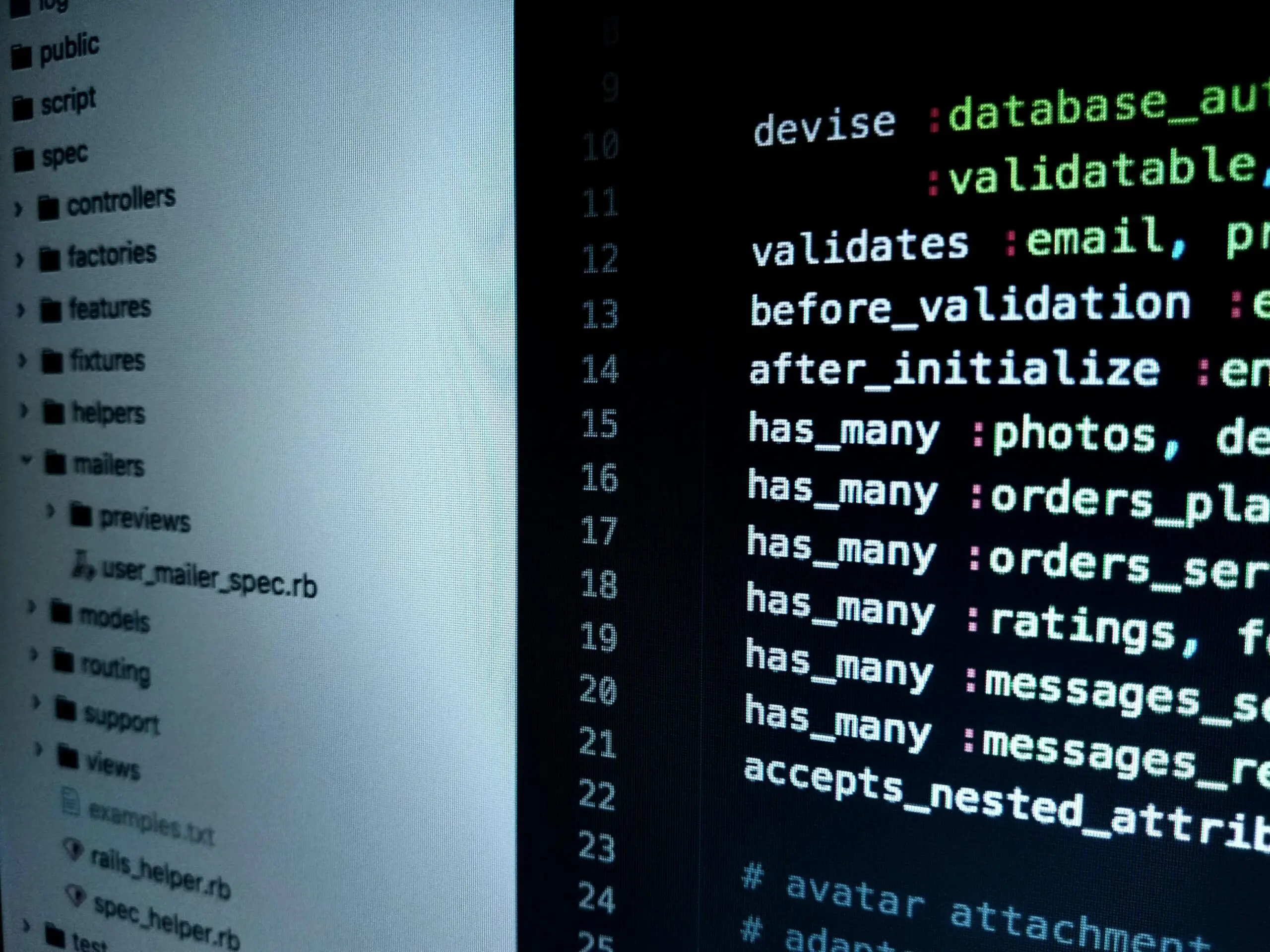Bring your own device (BYOD) is a major opportunity and challenge for businesses. If your company allows employees to bring their own computing devices to the workplace or to use client devices – whether they are mobile phones, tablets, or laptops – you need a BYOD security policy. In this article we highlight five ways you can secure your BYOD devices.
Protect your data
Data leakage is a big risk when it comes to BYOD and preventing this is a critical aspect of a secure BYOD strategy. Organisations should consider leveraging data protection features like Data Loss Prevention (DLP) and Microsoft Information Protection (MIP), to mitigate the risk of data leakage from personal devices. With Data Loss Prevention policies, you can identify, monitor and protect sensitive data across various channels. Microsoft Information Protection is another solution that can be used to automatically classify, label and protect your sensitive data as well as the persistent data protection capabilities to ensure data remains protected regardless of where it is stored or accessed, even when using personal devices.
Implement robust identity and access management
Do you know exactly who can access company data? By leveraging Microsoft Entra ID (formerly Azure Active Directory), organisations can implement robust identity and access management controls, such as single sign-on (SSO), multi-factor authentication (MFA), and conditional access policies. This ensures that only authorised users and trusted devices can access corporate resources and data. Identity protection features can also be used for detecting and remediating potential identity risks and breaches such as compromised credentials or suspicious activities.
Leverage Azure Virtual Desktop for secure remote access
Implementing Azure Virtual Desktop (AVD) enables organisations to provide secure remote access to corporate applications and data from personal devices. With AVD, sensitive information remains within your organisations controlled cloud environment, minimising the risk of data leakage and unauthorised access.
Leverage Microsoft security solutions for threat protection
Cyber threats are everywhere, and you should have effective threat protection to keep you covered. Utilising Microsoft security solutions like Microsoft Defender for Endpoint, Azure Security Centre, and Azure Sentinel can help detect and respond to potential threats, including those originating from personal devices used in a BYOD scenario.
User education and awareness
Building any strategy takes time and effort and something that should be communicated to your users along the way. Organisations developing and implementing a secure BYOD strategy should consider how this is delivered to users via user education and awareness. Here are just some ways you can keep your teams in the loop:
- Conduct regular training – Providing ongoing training and awareness programs to educate users on the BYOD policy, acceptable use guidelines, security best practices, and their responsibilities in protecting organisational data and applications.
- Promote security awareness – Foster a culture of security awareness by regularly communicating the importance of data protection, sharing security updates, and reinforcing best practices for secure device usage.
- Encourage incident reporting – Establish clear channels for users to report security incidents, such as lost or stolen devices, suspected data breaches, or suspicious activities, to enable timely incident response and mitigation.
By developing and implementing a comprehensive BYOD strategy that covers policy development, device management, access controls, data protection, compliance, and user education, organisations can effectively secure their data and applications while enabling employees to work productively from their preferred device, including personal devices. It is important that you regularly review and update your BYOD policy to ensure that it remains aligned with the data your organisation is handling, the evolving security of threats and industry regulations/best practices.
To find out more about developing a secure BYOD strategy contact our team who can help.




